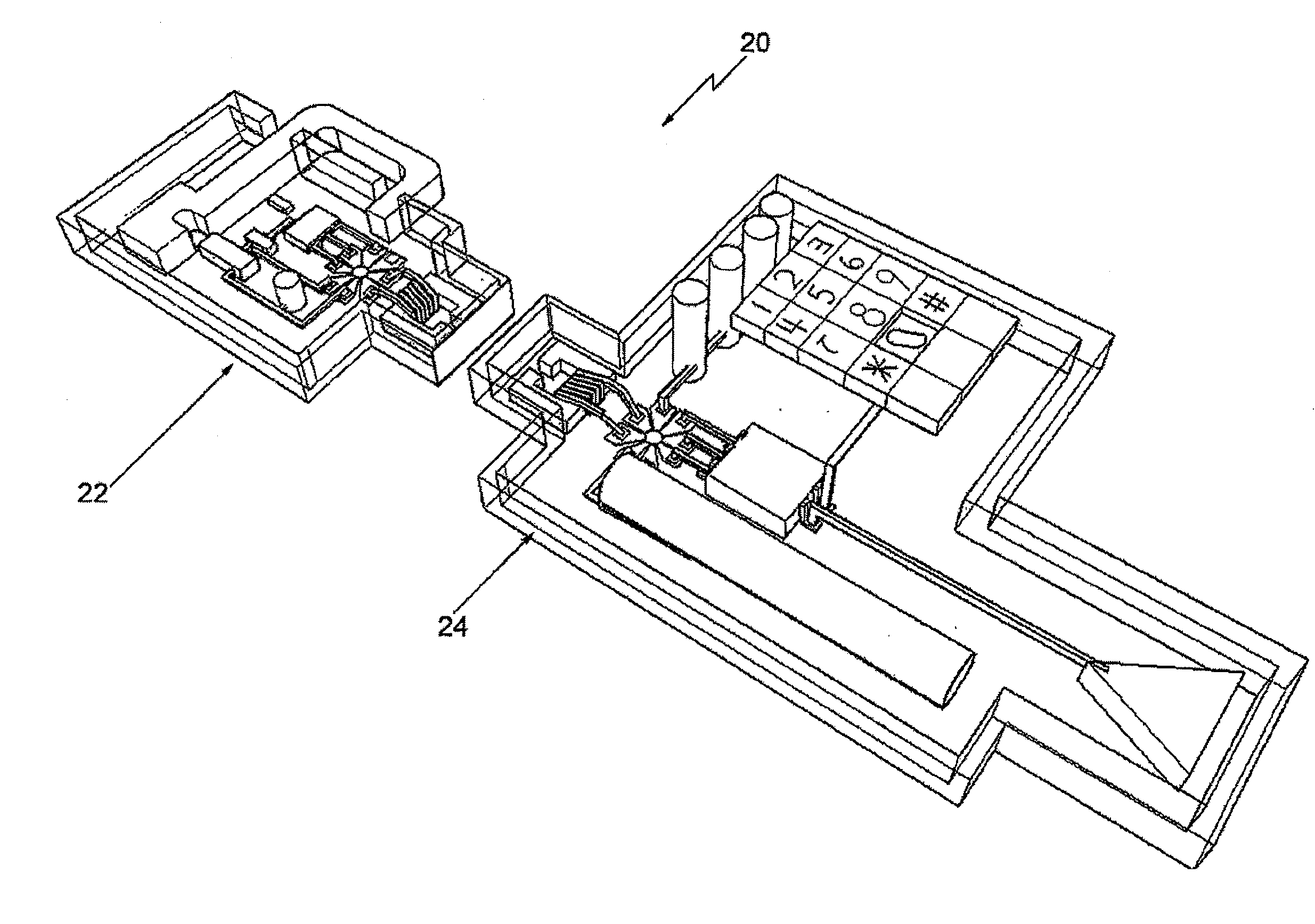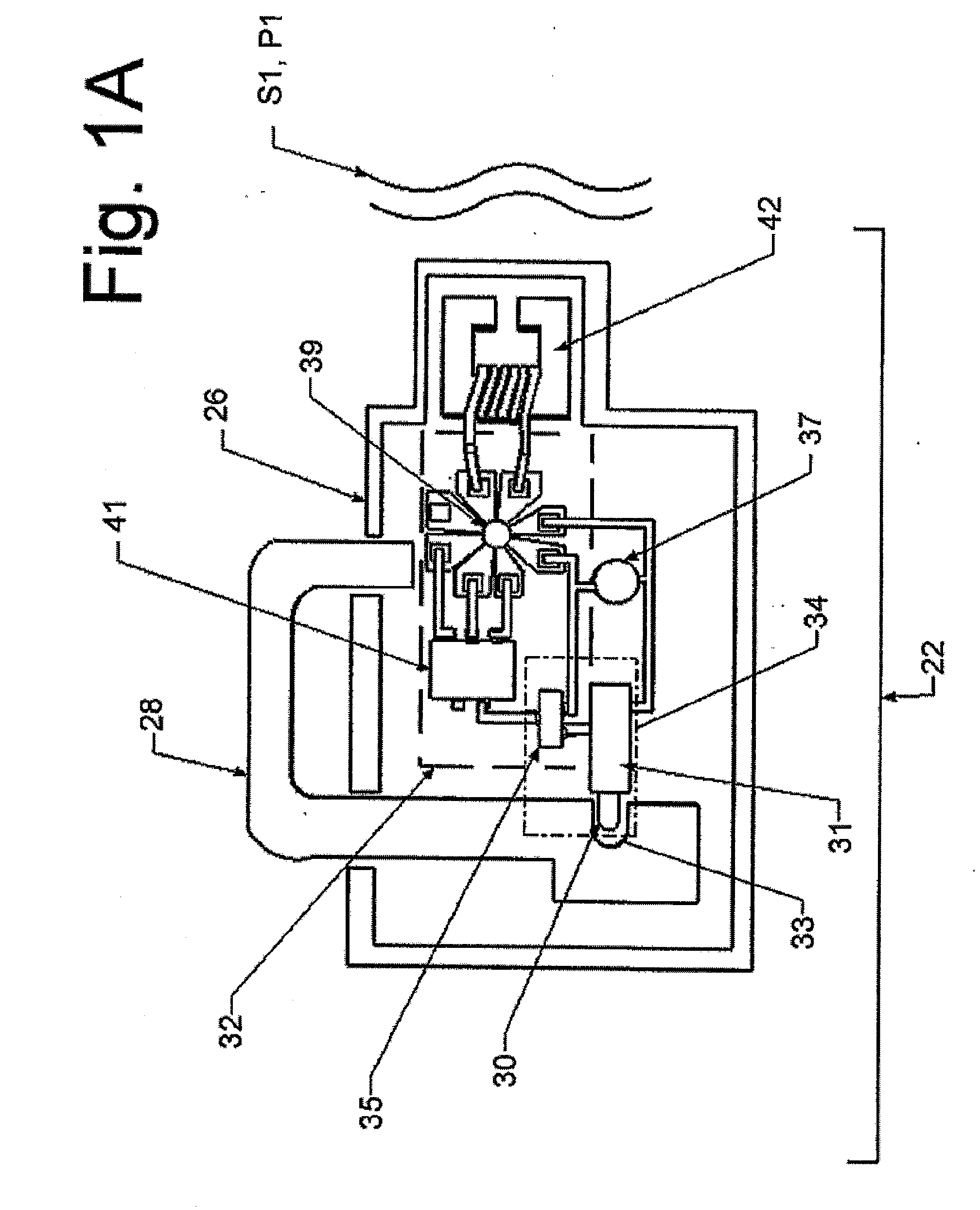System for management of ubiquitously deployed intelligent locks
a technology of intelligent locks and management systems, applied in the field of security systems, can solve problems such as system drawbacks, system inconvenient operation, and system inconvenient maintenance and maintenan
- Summary
- Abstract
- Description
- Claims
- Application Information
AI Technical Summary
Benefits of technology
Problems solved by technology
Method used
Image
Examples
Embodiment Construction
[0045] Before discussing the details of the preferred embodiments of this invention the following should be pointed out. In all aspects, the invention involves a lock device and a key device. Several optional configurations of each are described below. In addition, in many aspects the invention includes other devices in communication with key devices and / or each over network connections. The other devices perform a variety of functions alone or in combination with each other or in combination with the lock device and the key device as will be described below.
[0046] Herein the term “key device” refers to a portable member by which its holder may gain access to a lock device. Abstractly, a key device performs a function equivalent to an ordinary mechanical key that a person would carry to manipulate the lock on the front door of their home. A key device is a personal, portable way to demonstrate to the satisfaction of a lock device that the holder of the key device possesses sufficie...
PUM
 Login to View More
Login to View More Abstract
Description
Claims
Application Information
 Login to View More
Login to View More - R&D
- Intellectual Property
- Life Sciences
- Materials
- Tech Scout
- Unparalleled Data Quality
- Higher Quality Content
- 60% Fewer Hallucinations
Browse by: Latest US Patents, China's latest patents, Technical Efficacy Thesaurus, Application Domain, Technology Topic, Popular Technical Reports.
© 2025 PatSnap. All rights reserved.Legal|Privacy policy|Modern Slavery Act Transparency Statement|Sitemap|About US| Contact US: help@patsnap.com



